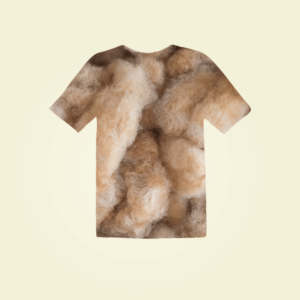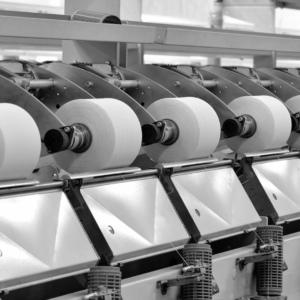Circular Economy and Sustainable Fashion
The textile industry is the second most polluting industry globally
In the intricate tapestry of global industries, the textile sector stands as a pivotal player, yet one that casts a looming shadow on environmental harmony. Surprisingly, this realm ranks as the second most polluting industry worldwide, a distressing reality that beckons us to confront its ecological footprint head-on.
Unraveling the Thread: Environmental Challenges and Imperatives
A single cotton polo shirt unfurls a staggering tale, demanding around 2,700 liters of water in its crafting. Such an audacious consumption becomes all the more poignant when juxtaposed against other production processes. Here lies a revelation: the textile sphere is culpable for a formidable 20% of water pollution at a global scale. This distressing statistic reverberates the urgent need for remediation.
The Carbon Fabric of Consequence: Environmental Ramifications
Carbon dioxide, an ominous presence in discussions of environmental impact, finds an accomplice in the textile realm. This industry contributes a significant 10% to the world’s CO2 emissions. Yet, this is just one facet of the conundrum; textile waste assumes a role in soil degradation, with an unsettling truth that roughly 3 out of 5 garments meet their end in landfills or by incineration. A distressing pulse resonates: every passing second witnesses the loss of textile equivalent to a truckload of discarded clothing. The urgency of sustainable practices emerges as a clarion call.
Embracing the Circular Symphony: Foundations of a New Paradigm
In this tumultuous narrative, a glimmer of hope emerges, woven within the fabric of circular economy principles. A beacon of transformation, this approach underpins an economic model that champions: Financial resilience for businesses Reduction in waste generation Maximization of resource efficiency
Engraving circular economy into the textile industry’s ethos offers an avenue to reshape production, consumption, and waste management. The tapestry of change envisions a renaissance of reusability, recycling, and material rejuvenation, echoing through textile processes. An alchemical fusion that crafts a reduced environmental imprint, beckoning a more judicious utilization of natural resources and crafting a voyage towards lasting sustainability.
In Closing: Weaving Tomorrow’s Fabric Today
In the warp and weft of industry, the textile domain finds itself at the crossroads of transformation. Through the lens of circular economy, it unveils a portrait of innovation, resilience, and a shift towards ecological balance. The narrative unfolds, challenging us to stitch together a new paradigm, one that redeems the past and stitches a sustainable tapestry for generations to come.
Explore More Articles Here:
Natural Cotton Color
In the ever-evolving world of sustainable fashion, a remarkable transformation...
Read MoreFibers from renewable raw wood
In the ever-evolving world of fashion and sustainability, the textile...
Read More


